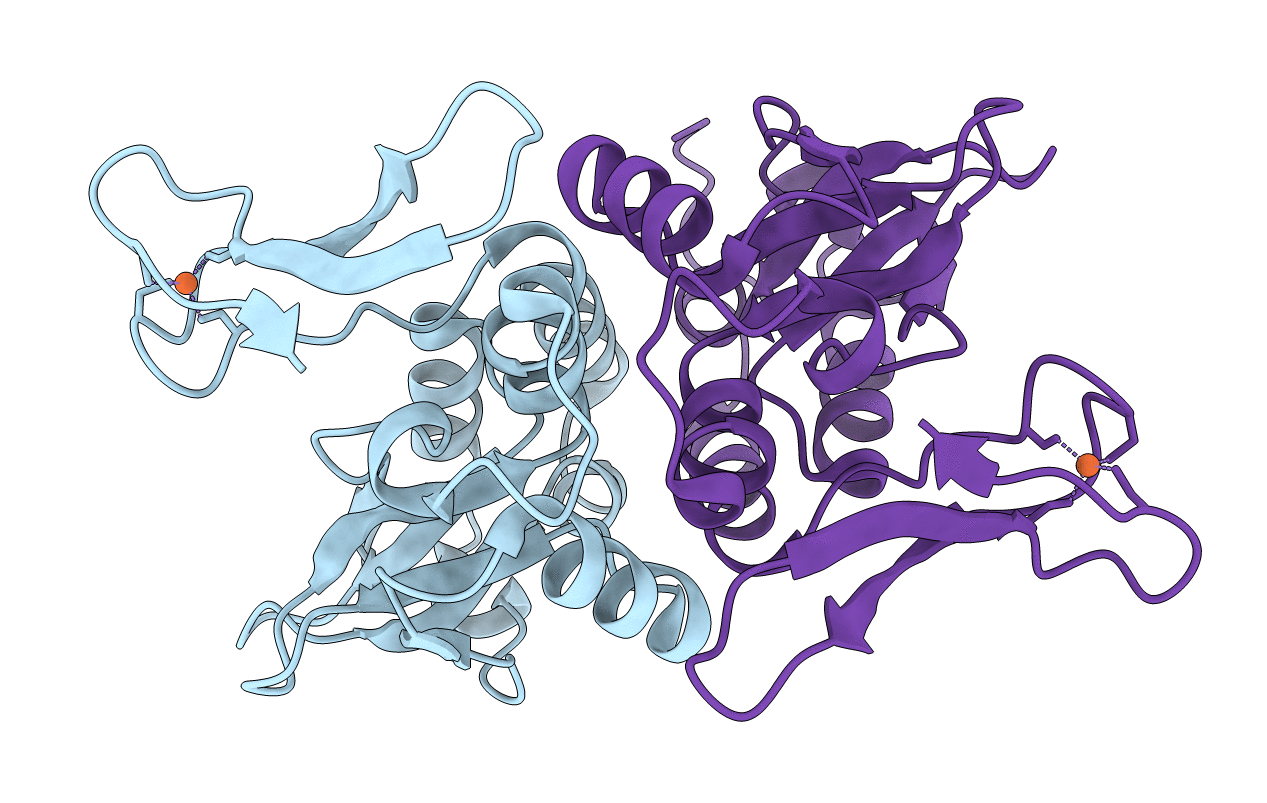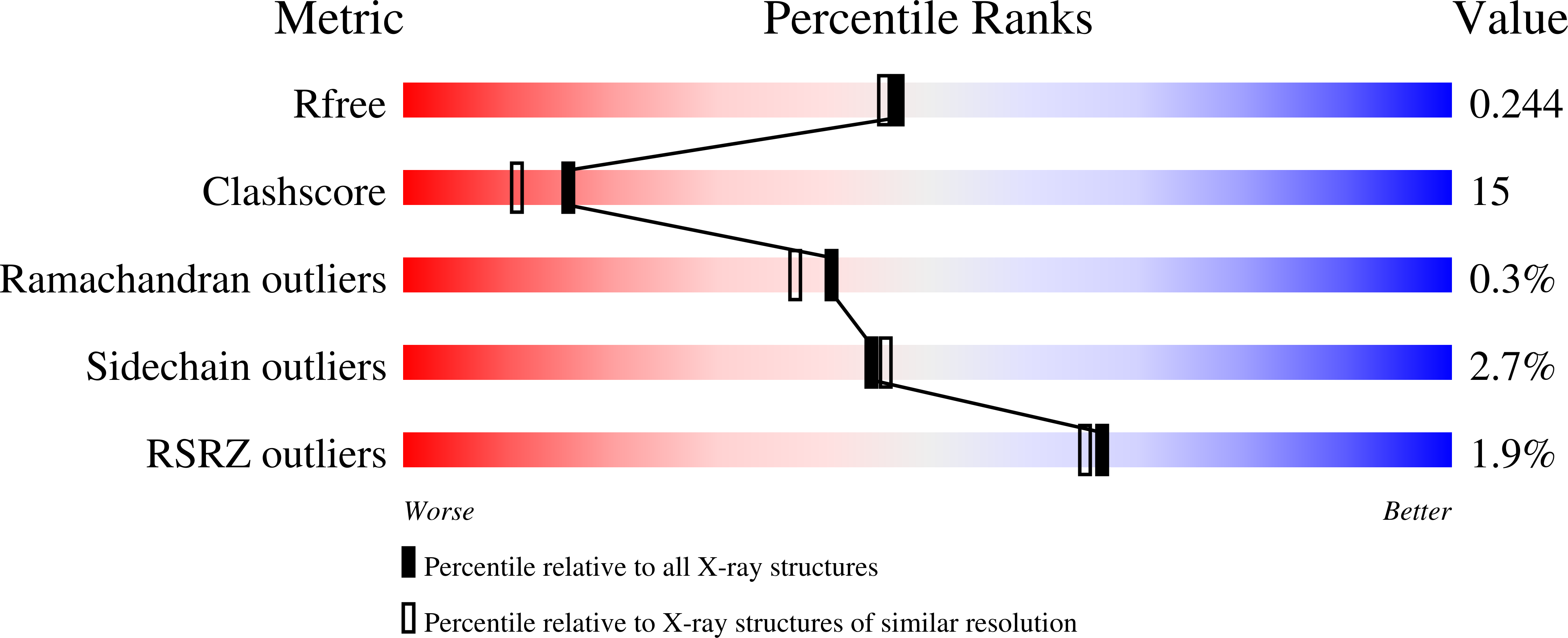
Deposition Date
2007-06-29
Release Date
2008-02-19
Last Version Date
2023-08-30
Entry Detail
PDB ID:
2QH1
Keywords:
Title:
Structure of TA289, a CBS-rubredoxin-like protein, in its Fe+2-bound state
Biological Source:
Source Organism:
Thermoplasma acidophilum (Taxon ID: 273075)
Host Organism:
Method Details:
Experimental Method:
Resolution:
2.00 Å
R-Value Free:
0.23
R-Value Work:
0.20
R-Value Observed:
0.20
Space Group:
P 21 21 21


